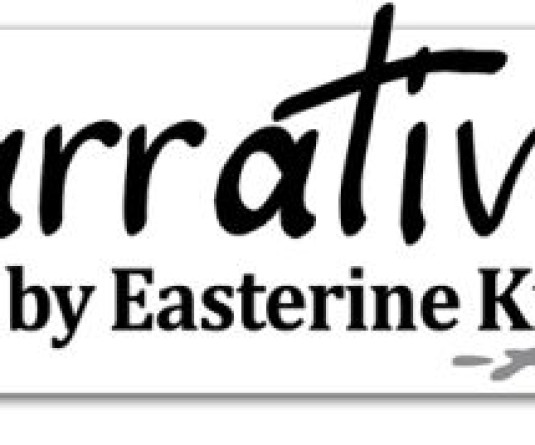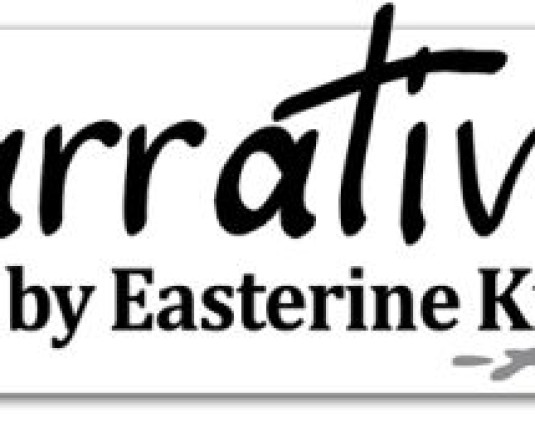
Easterine Kire
We Nagas love being introduced to new fruits and flowers in order to find out if the newbies can grow in our hills or plains as the case may be. I don’t know how long it has been since the exotic (for us) fruit avocado made its appearance on our shores. My sister, who loves gardening, was successful in nurturing some avocado plants. One afternoon she visited an acquaintance who had been unwell and had complained of a poor appetite. Having heard of the many wonderful properties of the Avocado, Sister took along a few fruits, hoping it would give much needed vitamins and health benefits to her ailing friend. As soon as the lady saw Sister’s gift, she exclaimed in great excitement, ‘Ayale Adovaku!’ Her teenage daughters were totally embarrassed by their mother’s gaffe and ran off. And that dear lady has since come to be known as Mrs Adovaku in our family circles. Kya karega, it was just too tempting.
Who let the apostrophe out?
I know people who care about grammar are mutually very upset about this. Any person who has been an English grammar teacher at some point in life will have an argument with it. How very frustrating to see the apostrophe being used as a plural indicator. A couple of weeks ago, in a public notice, the apostrophe was being used liberally to indicate plural in words such as, Naga’s when they meant Nagas, Hoho’s when they meant Hohos. You don’t have to look very far to find this phenomenon occurring every now and then. Public leaders, pastors, letters to the editor, even news reports are perpetuating the misuse of the apostrophe. What happened? When did the apostrophe metamorphose into being used as other than an indicator of a possessive pronoun and a punctuation mark for contracting words? With the internet at our fingertips, we really have no excuses for wrongly using the apostrophe. The wrong use of the apostrophe has become a global phenomenon. I see it in international users as well. But sites like Grammarly.com remain steadfast about how the apostrophe is to be used. It states,
‘The apostrophe has three main uses, to indicate possession,to indicate an omission of letters and to separate the ‘s’ from plural letters/number and abbreviations followed by periods.’
The apostrophe in Mother’s bag works to show possession, the apostrophe in don’t joins the two words, do not, and indicates omission of the letter o since one of the duties of the apostrophe is to contract words. Thus, you see it a lot in contractions like I’m for I am, you’re for you are, I’ll for I will, shan’t for shall not, won’t for will not etc.
When do you use its or it’s can be a little confusing, but here is a good example: The cat was eating its food. It’s cold outside.
The apostrophe can also be used to contract decade names for example, the ‘60s.
The uses of the apostrophe are simple enough:
1. To show that a person or animal or thing owns something or belongs to something: Bob’s car, Kurt’s club, the dog’s leash.
2. Using an apostrophe after the ‘s’ of a plural noun to show possession: Girls’ hostel, Boys’ football club.
3. If a plural noun does not end in ‘s’ an apostrophe can be added with an ‘s’ to create the possessive noun: the children’s shoes, the gentlemen’s coats etc. (www.lonestar.edu)
Beyond that, please avoid altogether using it alongside a proper noun to indicate plural such as, The Smith’s, The Johnson’s, the American’s and the Canadian’s. It is very nahobo.
It only takes a few minutes to refresh our memories on how to apply it appropriately. It’s not difficult at all to keep in mind how to use the apostrophe properly. It’s almost as easy as eating Adovaku!
Missing the s
A hotel downtown, not old at all, has a big signboard. Nothing illegal about that, in fact hotels need big signboards. It is just that the name of the hotel is in English and it is missing an ‘s.’ I wish it didn’t irk me. I’ll look away next time I am in the vicinity, and hope other grammarians will come to the rescue. No need to take on every battle.






